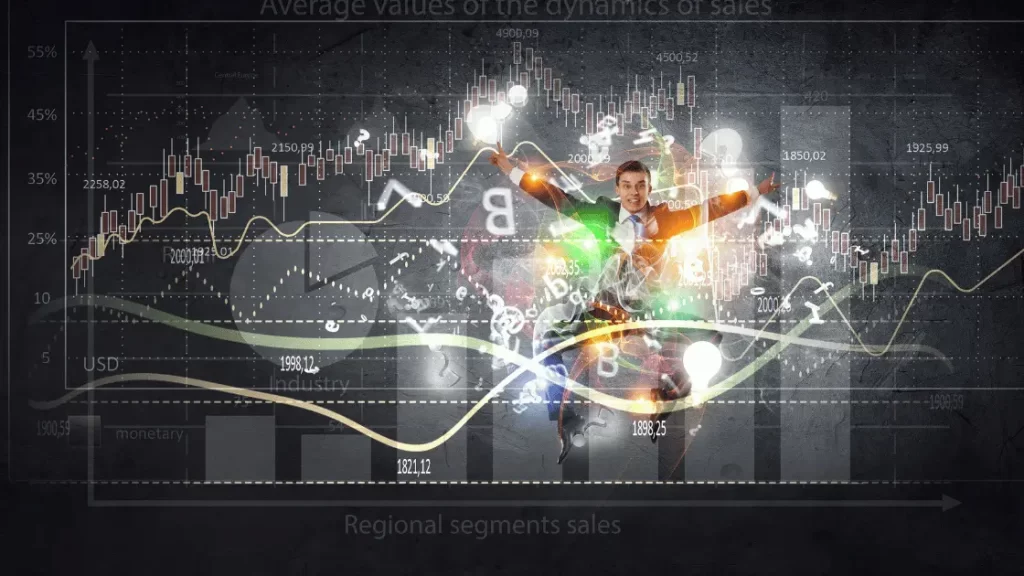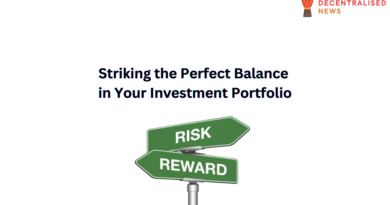Mastering Money Market Dynamics in Six Simple Steps
Trading – the act of buying and selling financial instruments like stocks, bonds, commodities, or cryptocurrencies – is a complex, multifaceted endeavor. It intertwines the rational world of finance with the chaotic whirl of human psychology, and demands an understanding of both to truly master. Let’s explore this art and science, delving into the fundamental principles of trading and how you can harness the dynamic nature of the markets.
Market Basics
Before we dive into trading strategies, it’s essential to understand the foundational aspects of markets. Markets exist wherever buyers and sellers interact to exchange goods or services. In financial markets, these goods can be anything from stocks to digital tokens. The price of any given asset is driven by supply and demand – if more people want to buy an asset than sell it, the price increases, and vice versa.
Understanding Market Dynamics
Market dynamics refer to the forces that influence the price and behavior of a market. These can range from macroeconomic data such as GDP growth, inflation rates, and political events to microeconomic factors like company earnings, technological innovations, or news events. Embracing the unpredictable and ever-changing nature of the market is crucial for any trader.

Fundamental vs. Technical Analysis
Trading strategies can generally be categorized into two main schools of thought: fundamental and technical analysis.
Fundamental analysis involves assessing the intrinsic value of an asset based on economic factors, financial health, competition, and the current state of the market. For example, a trader might buy stocks in a company if they believe it’s undervalued compared to its actual worth.
Technical analysis, on the other hand, relies on statistical trends gathered from market activity such as price and volume. Traders using this method believe that historical performance is a good indicator of future performance. They utilize various chart patterns and indicators to predict future price movements.
Developing a Trading Plan
A solid trading plan is vital. It should outline your financial goals, risk tolerance, and specific criteria for entering and exiting trades. The plan serves as a roadmap, guiding your decisions and helping to remove emotion from the trading process.
Risk Management
One of the most crucial aspects of trading is risk management. This involves recognizing potential loss scenarios before they occur, and taking measures to reduce their impact. Techniques for managing risk can include setting stop-loss orders, diversifying your portfolio, and never risking more than a small percentage of your capital on a single trade.
Emotion and Trading Psychology
The world of trading can be a roller-coaster of emotions. Fear and greed are two feelings that often drive traders’ decisions and can lead to poor outcomes if not managed properly. Successful traders learn to control their emotions, making decisions based on their plan and analysis rather than on impulsive reactions.
Continual Learning and Adaptation
Trading is not a static discipline. Markets are continually changing and traders must adapt with them. This requires an ongoing commitment to learning, whether that’s keeping up with economic news, learning new trading strategies, or analyzing your past trades to learn from your mistakes.
Key Takeaways
Mastering the art and science of market dynamics involves understanding the fundamental principles of markets, developing a solid trading plan, managing risk, controlling emotions, and continually learning and adapting. It’s not an easy path, but with discipline, diligence, and resilience, it’s possible to navigate the exciting world of trading successfully. Remember, every great trader started from the beginning, and every step forward is a step towards mastering the dynamic world of trading.









